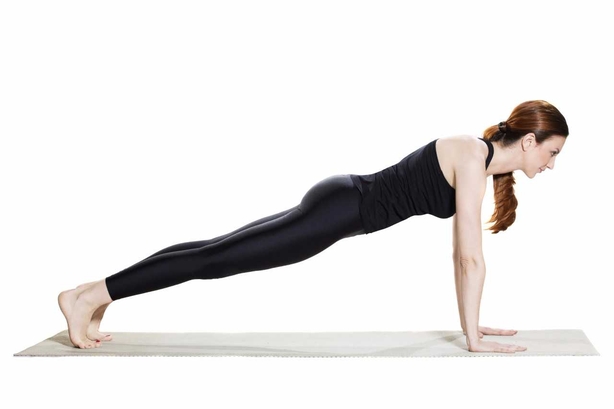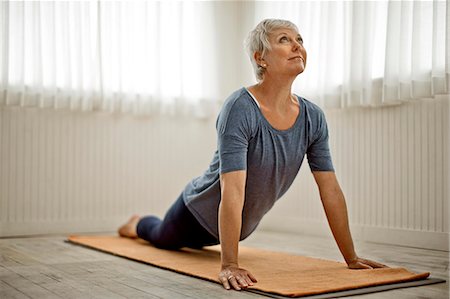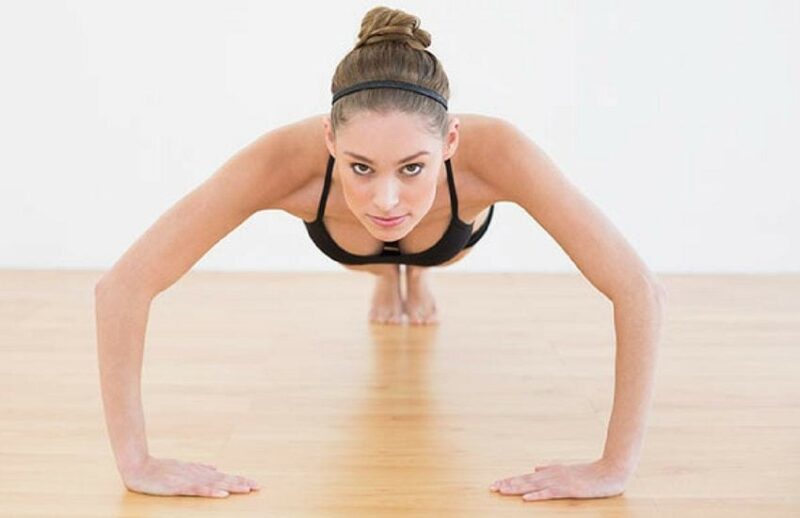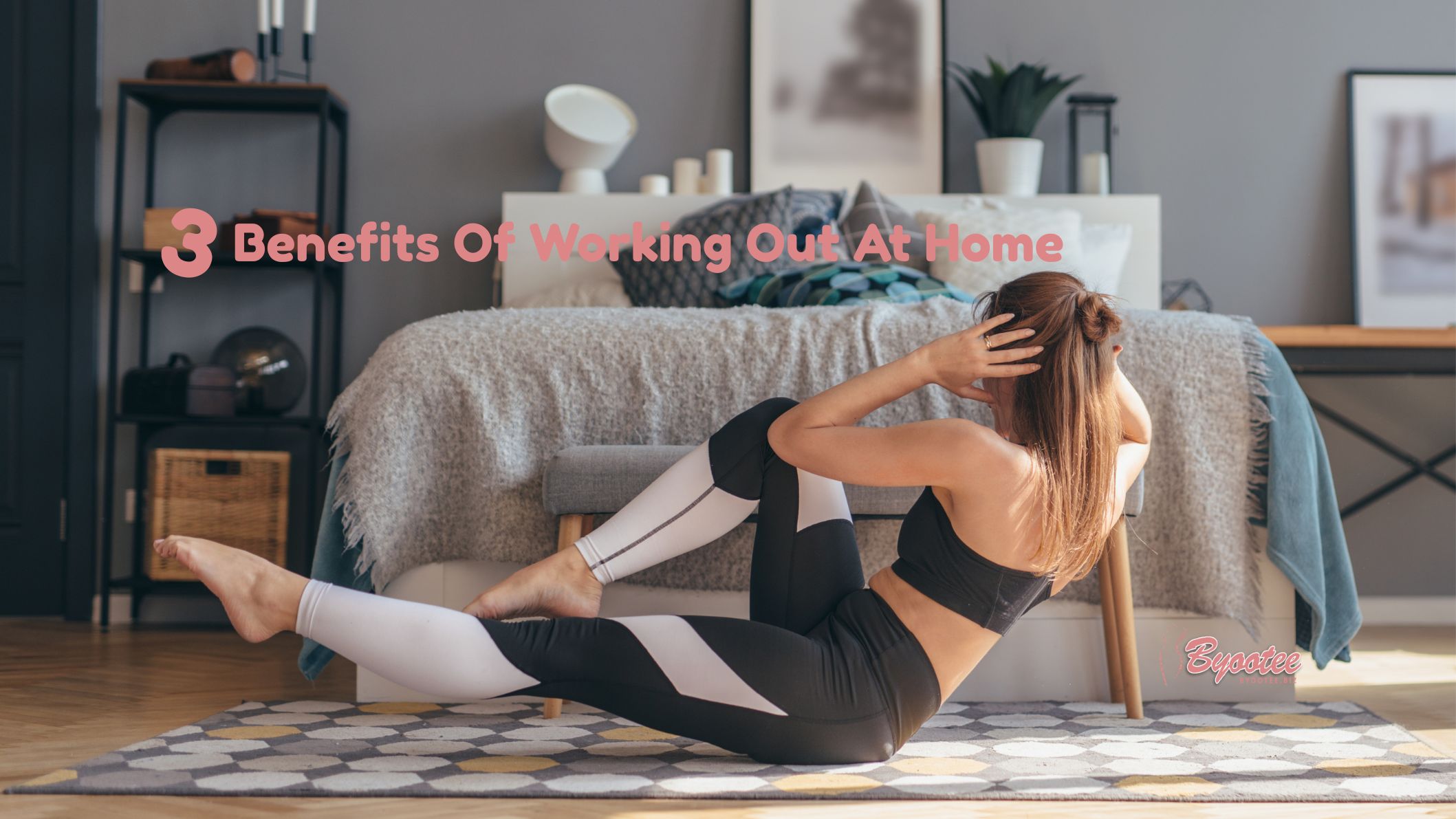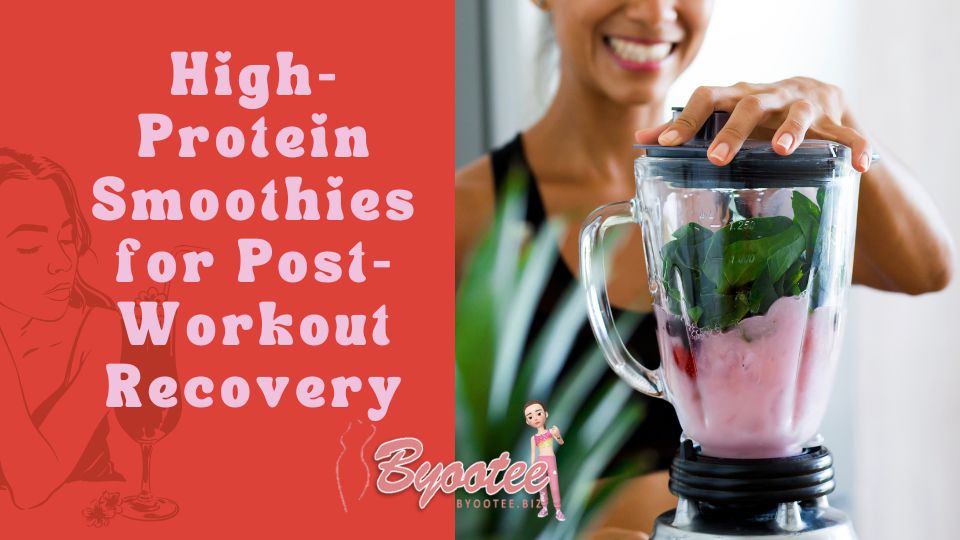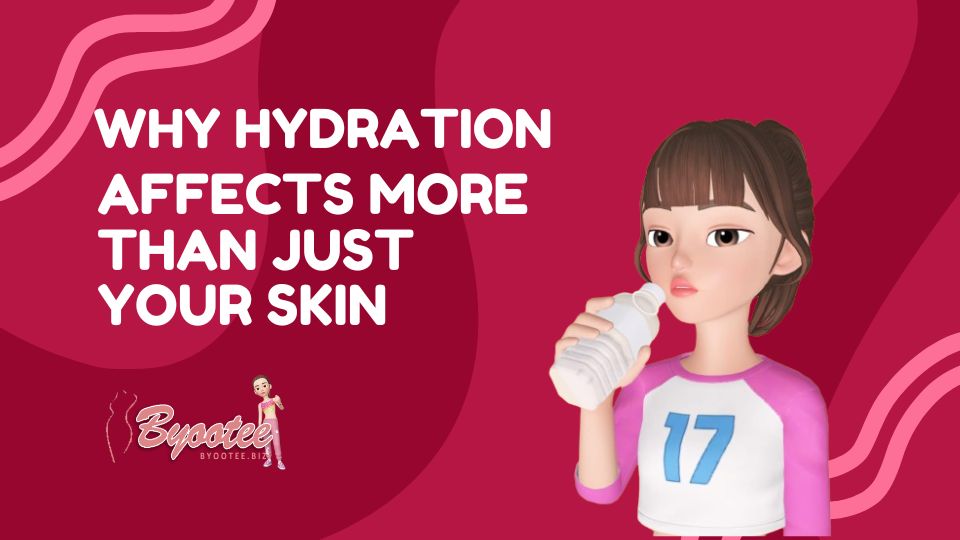Here's the deal, we all know that exercise should be a regular part of our…
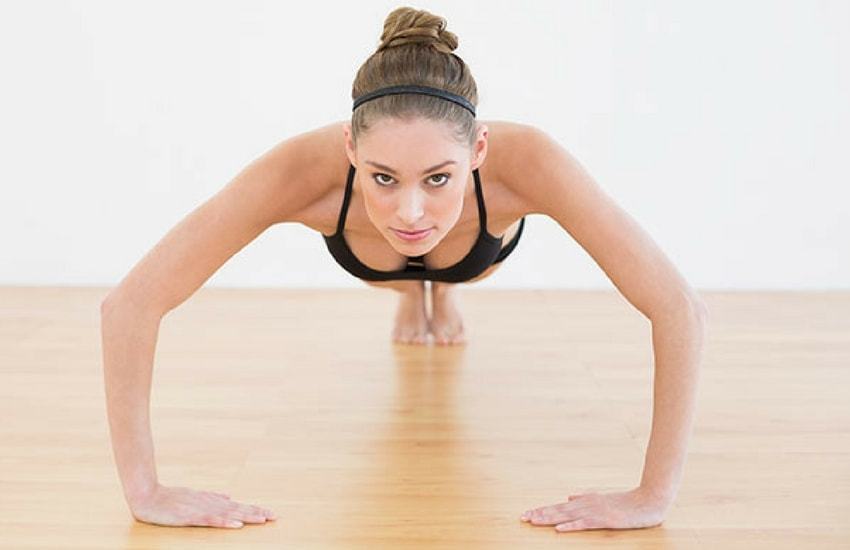
What makes the plank so special?
There’s a fair few reasons why the plank is so popular. Some people even consider it their favourite exercise. It’s good to understand why the plank is so important before you start working on the how of doing a good plank, because then you’ll be more likely to keep the plank as a part of your daily routine.
What is a plank?
A plank is a simple, but effective core exercise that helps you build stability and strength throughout your entire body. The plank is achievable in a number of different methods, but the main goal of the plank exercise will have you with your body perpendicular to the ground, stomach facing down, elevating your torso off the ground with either your elbows or hands.
The plank is similar to being stuck in an extended push-up pose without actually moving your body weight up or down. This may sound much nicer and more forgiving than a set of push-ups, but the plank can become a strenuous exercise very quickly.
The plank is a popular exercise in many exercise routines.
– The plank is a popular pose in many yoga routines – sun salutations, hot yoga routines, and cardio-centric yoga all make use of the plank pose (kumbhakasana.) The pose can be held for several seconds, or used as an intermissive pose that connects two other parts of the routine.
– The plank is used as part of the training regimen for professional boxers, who alternate between sets of pushups, sets of situps, planks, and held crunches, each for decreasing durations that are determined by a timer and ended by the ringing of the coach’s whistle.
– Many professional sports teams, like hockey and football, use the plank as part of their exercise routine because it’s so effective at improving strength in a wide area of muscles in the human body.
What are the health benefits of doing planks?
Here’s where things get really interesting. The plank is such a versatile exercise that most people don’t understand everything that they can do for our bodies, aside from knowing that they’re very good for us.
Fortunately, the plank targets almost every group of muscles in our body. This means that adding planks to your workout regimen will make your entire body stronger. There’s more than that, though – planks don’t just improve muscle mass. They improve the strength of our skeletal system, they improve our ability to focus and concentrate, and even help us breathe properly.
Let’s look a little more in-depth at some of the wild health benefits you will see if you start doing planks on the regular.
1. Planks are one of the best core exercises
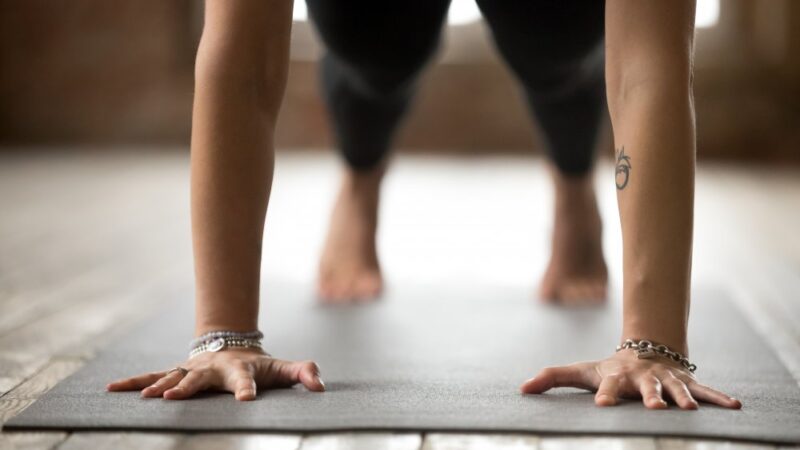
It’s debatable as to whether or not an exercise regime consisting solely of planks would give you a six-pack by itself. The odds are pretty slim, and the amount of planking you would have to do would be absolutely ridiculous, but including a plank as part of a varied routine shows some immense benefits.
Planks go best when mixed with an assortment of cardio and strength training exercises, and they show this by improving the benefits that you reap from each individual exercise and type of training you do.
Some of the most important groups of muscles that are targeted by the plank are:
– The transversus abdominis, which is a set of core muscles that ultimately lays the foundation that enables you to develop your abs. The transversus abdominus must first be trained for you to build and develop your rectus abdominis, which is the front area that most people shooting for a six-pack are observing when they’re looking in the mirror.
– The rectus abdominus helps greatly improve sports performance and your ability to jump high.
Your oblique muscles are responsible for your ability to bend sideways and twist your waist, and are often underlooked during exercise routines
Your glutes are what help support your back and help to provide the often-desired shape of your backside. Your core is crucial for helping keep your spine in alignment, as well as maintaining strength in the rest of your back. Core strength helps keep you safe from strain injuries.
The core must be trained on a regular basis, and a lot of people don’t know this. Doing too many exercises that target specific muscle groups – weight training, for example – neglects the core and can lead to disproportionate strength and injuries later in life. Planks are a great way to maintain strength in the core.
Conclusion: Planks are a very versatile exercise that target a lot of the most important muscle groups in the body. The core muscle groups are responsible in some way for helping us carry ourselves through almost every action we’ll perform in a day, so making sure your core strength is in check is absolutely vital for someone who wants to leave a healthy lifestyle.
2. Planks will improve your posture
Planks are able to improve your posture , which is incredibly important for a number of things.
Good posture prevents your body from developing injuries by improper weight distribution, which can affect everything from major exercise routines to small movements like bending over.
Proper posture displays confidence and self-assurance, which can be very attractive for people hoping to appeal to the opposite (or same) gender
Since planks work your core, that means they work basically the whole body, from your pelvic girdle to your shoulder girdle as well as your legs.
The plank strengthens your spine, your rhomboids and trapezius, and your abdominal muscles, which naturally result in a strong posture as they grow in strength.
Developing your posture can improve on a number of ailments, and prevent the onset of other ones.
Good posture means you’re keeping your bones aligned. This means that you’ll lower the risk of skeletal injuries, you’ll be able to lift more, and your body will put less strain on your joints and bones to prevent the development of diseases like arthritis.
Improving your posture means that you’ll position your internal organs better, which can nullify any digestive issues or other functional problems that may have been caused by your internal organs being forced out of their natural position by bad posture.
Good posture increases your height, making you appear lean and actually increasing your height a bit; these bonuses come without an increase to weight (though this may naturally come as you continue working out.)
Conclusion: A lot of people don’t put a lot of thought into their posture – in fact, many aren’t even taught how to stand properly. Fortunately, even for those who aren’t educated about posture, the plank will improve this. Having strong core muscles naturally improves your posture, since these muscles are what help your body hold its own weight and carry itself with proper balance. Planks target almost all the areas that are responsible for good posture, effectively improving it.
3. Planks help get rid of back pain
This benefit is partially due to the improved posture that planks provide, but the significance of the plank’s ability to affect back pain deserves a section of its own. The plank doesn’t just inhibit certain types of back pain but enhances the health of the back as a whole.
The improved posture alone helps to align the vertebrae, which takes off unnecessary stress in the spinal region. This also helps to arrange the ligaments in the back properly, which further prevents painful back conditions.
Planks help you build up the muscles in your abdomen, which allows further support of your posture. Having strong abdominal muscles also means that your body feels less of your weight – remember, you’re holding up hundreds) of pounds every second you’re standing, and all this strain comes back on your bones, joints, and muscles. Strong abdominals take a lot of this stress off your back (this is part of the reason that waist-straps are so helpful when carrying heavy backpacks!)
Having strong abs and sitting or standing up straight prevents several unpleasant things from happening.
Osteoarthritis, a degenerative condition related to the joints in your body, is less likely to develop with proper posture.
As you age, your body naturally loses some of its mobility. Having proper posture and strong core muscles helps to prevent this from happening too quickly.
Neck and shoulder pain can also be caused by improper posture or by straining the muscles in your core, so keeping them strong is a key way to avoid unwanted injuries of these areas.
Conclusion: Planks are great for people who are currently in pain, or who don’t want to encourage the onset of chronic pain conditions like osteoarthritis. Planks strengthen a lot of muscle groups, as well as the skeletal system, in ways that allow your body to better compose itself. Having a body that properly maintains and composes itself means that you’ll be less at risk of developing degenerative diseases, and can likely offset the onset of pain in old age.
4. You’ll become better coordinated
One of the best benefits of planking doesn’t come from actual muscle growth, but from its ability to help you train your muscles to be more stable.
The body uses its core muscles to help maintain balance. This is obvious when you’re running, biking, exercising in any way – or during active leisure activities like dancing. Many people think that their extremities are responsible for their balance, and they are, in part – but the majority of your stabilization comes from your core.
Having a strong core helps you avoid injuries that could be caused to single muscle groups that might be over exerted by trying to maintain balance during aggressive exercise. For example, snowboarding relies heavily on the calves for balance, and having a strong core can reduce some of this strain.
Strengthening your core also teaches you how your body and muscles work together, and can help improve your ability to work as a single unit instead of trying to control a bunch of different muscle groups simultaneously.
Planks also help build endurance of these muscle groups, so you’re able to maintain balance in physically exhausting situations for longer times.
Performing endurance feats like planking also carry with them a very trying mental aspect. Many people say that half of a workout is in your mind, and the plank is great proof of this – many people can hold a plank for much longer than they believe that they can, but they give up too soon. Doing regular plank training, and continuing to motivate yourself to hold a full plank, can have incredible benefits for your focus and concentration.
If you’re able to hold focus during an intense exercise like a plank, imagine how easy it will be for you to focus on other tasks!
Conclusion: Planks aren’t just useful for building the strength and endurance of your body. They work a set of core muscles that are responsible for the way your body carries itself – meaning that doing planking enhances your ability to support your own weight. Doing so improves your ability to move,a nd you will find yourself more nimble, agile, and coordinated if you do planking on the regular.
5. Planks improve your flexibility
Unlike some exercises that simply improve the strength of your muscles, planks offer a versatile range of benefits – not the least of which is improving your flexibility.
Planks make your posterior muscle groups – not just your glutes, but all of the muscle groups in the back of your body -much more flexible. These include the muscles around your shoulders and your collarbone area, and your shoulder blades themselves. These muscle areas will grow and stretch with continued planking, which is great because these areas are often neglected during many traditional exercise routines.
The plank is an important pose in many yoga routines. Yoga is a great form of exercise for people hoping to build core strength and improve flexibility, the the plank being considered a core element of many yoga training routines indicates just how beneficial it can be not just for your core, but for your flexibility as well.
Side planks, a variation we will discuss later, allow you to stretch out your sides, improving flexibility from the hip area.
A tip for enhancing the flexibility bonus you’ll gain from planking is to do a rocking plank, again, discussed in detail later. Once you’re in the plank pose, rock your body back and forth by moving your toes a little bit in either direction.
Conclusion: Adding planks to your regular exercise routine means that you’ll not only build core strength, but you’ll improve your body’s flexibility as well. Different variations of the plank can enhance the flexibility of different areas in more effective manners, and combining the plank with other exercise like yoga, its benefits become more pronounced.
6. Planking will improve your metabolism
Planking burns more calories, when done every day, than other core exercises like situps.
More importantly, planks help strengthen massive muscle groups in your body. Having strong muscles means you burn more calories, even when you’re at rest.
This makes planks crucial for people who work in offices or other jobs that aren’t very active. If you have good, strong muscles on your body, you will be able to burn calories more effectively and be less at risk for gaining extra weight.
On top of that, having strong muscles means you burn even more calories when you’re exercising, even if this exercise is simply walking to work or school in the mornings. It also means that you’ll burn more calories in your sleep!
The other side of this benefit is that, since you’ll be burning more calories, you’ll feel hungry a lot more often. This can be a great opportunity for you to begin eating a healthy diet – since you’ll be hungry for more calories, you can eat more, and if you’re deciding to eat nothing but healthy food, you’ll begin to reap the benefits of a healthy diet in no time.
A lot of folk consider being hungry all the time to be a terrible affliction because it means that they’ll gain weight. This can be true, but it only becomes a problem if the individual has a bad diet. Eating lots of food can be great for you, and if you’re exercising and eating a good diet, you’ll become much healthier.
Conclusion: Planks are great for improving your body’s metabolism by building your core muscle groups, which are some of the largest in the body. Having healthy, strong muscles means that your body is constantly burning more energy, and in turn, it becomes less able to store calories in the form of fat.
7. Your mood will improve
What? Planks can even have benefits on your state of mind?
Absolutely. A lot of the groups that planks target are groups of muscles that are frequently strained and knotted, and contribute massively to stress in the human body. Knowing that your body’s physically stressed can be draining to your mental state.
Tension in certain parts of your body, like your legs, can lead to more tension in other parts of your body due to your natural need to compensate – if your legs are tense, you will try to put less weight on them, which could strain your back.
All of these worries and stressors can compound into a form of anxiety, or vice-versa – having a lot of stress and worry on your mind can lead to your body undergoing a psychosomatic response (a physical response caused by a mental process) which could cause your muscles to tense up. These types of muscle stress are often eliminated with things like massage.
Fortunately, planking can eliminate the physical stressors in this case, which can help to ease your state of mind. No longer will you have to worry about work causing your body strain if you’re strong enough to handle it!
Additionally, all forms of exercise cause a release of endorphins – your body’s feel good chemicals. Many doctors recommend a regular form of exercise instead of trying prescription medication right away, because its effects can be immediate and extremely powerful.
Conclusion: Planks aren’t just good for strengthening your body – they can help you improve your mindstate. Planks are great for targeting groups of muscles that commonly strain people, which helps eliminate related anxiety and worry. Additionally, all forms of exercise – the plank included – can help to reduce anxiety and depression.
Planking is only beneficial if your form is correct
Whether you hold a plank for 10 seconds at a time or try to beat the world record, your plank won’t benefit your abs if your form is off, according to fitness experts. In fact, you could actually hurt yourself in the process. “Without proper form, you are not working your muscles, you are just putting stress on your joints or spine which can lead to injury. If you are not actively holding tension in your plank you are either relying on your joints/stacking of bones to keep your position, not your muscles,” Albert Matheny, RD, CSCS, told The Healthy.
The plank is a fantastic, simple exercise that can be learned by anyone and should be an integral part of everyone’s exercise routine.
The plank has a large number of different benefits, and since the exercise targets your core muscles in such an extravagant fashion, these benefits can span your entire body. Your muscles, your skeletal system, and even your organs can be positively impacted by regular use of the plank.
While there are some precautions to be taken regarding the plank and its many varieties, it’s more likely that you’ll reap benefits from doing this exercise instead of being in danger. Hopefully you can quickly appreciate how amazing this exercise is for you!


